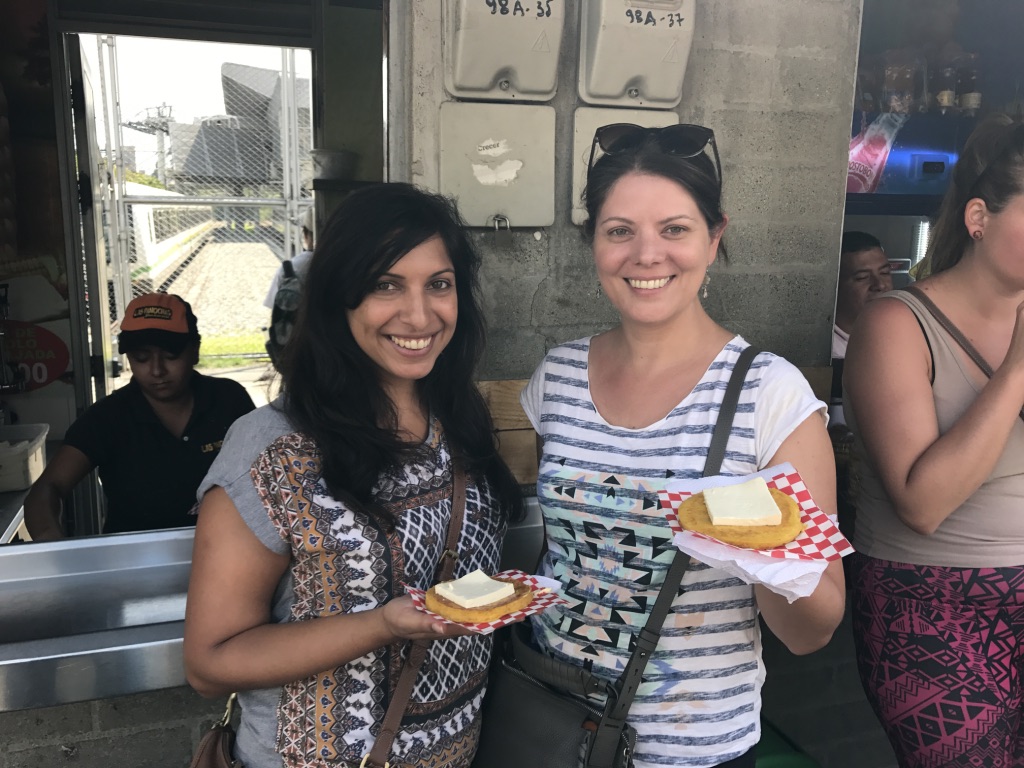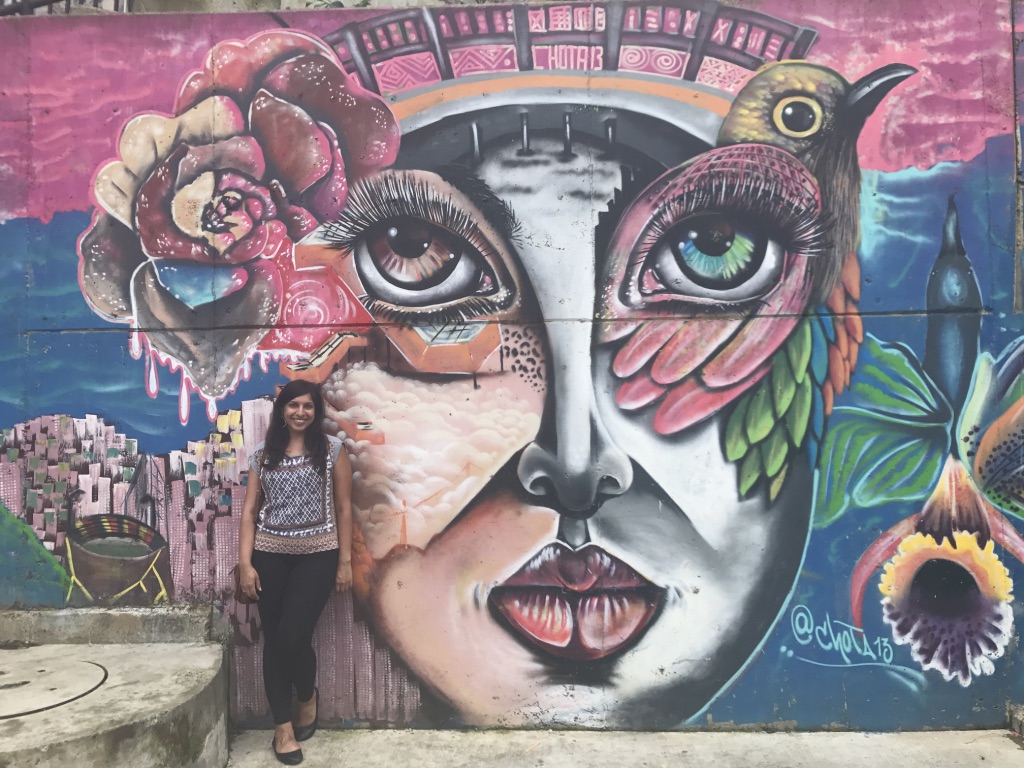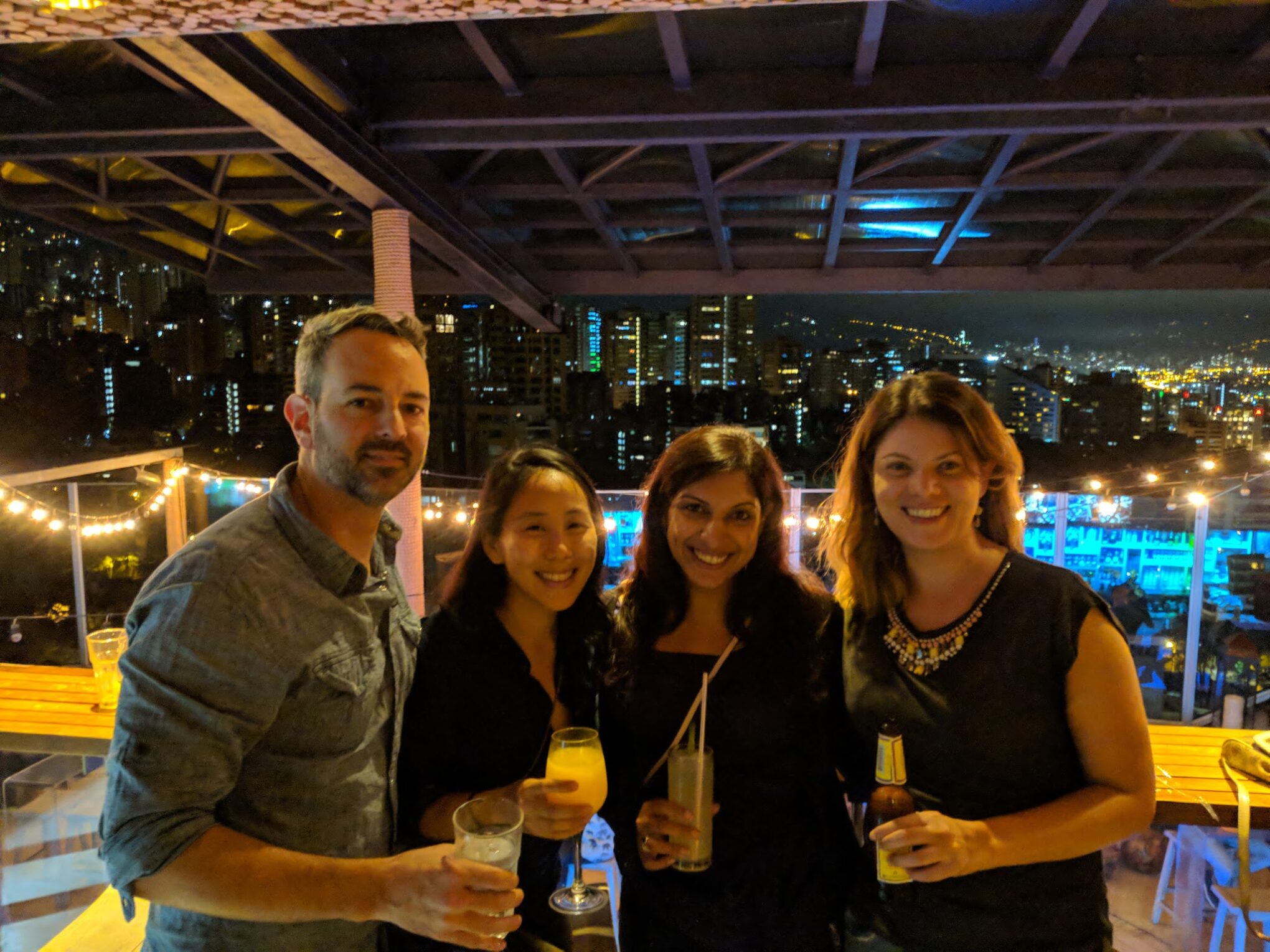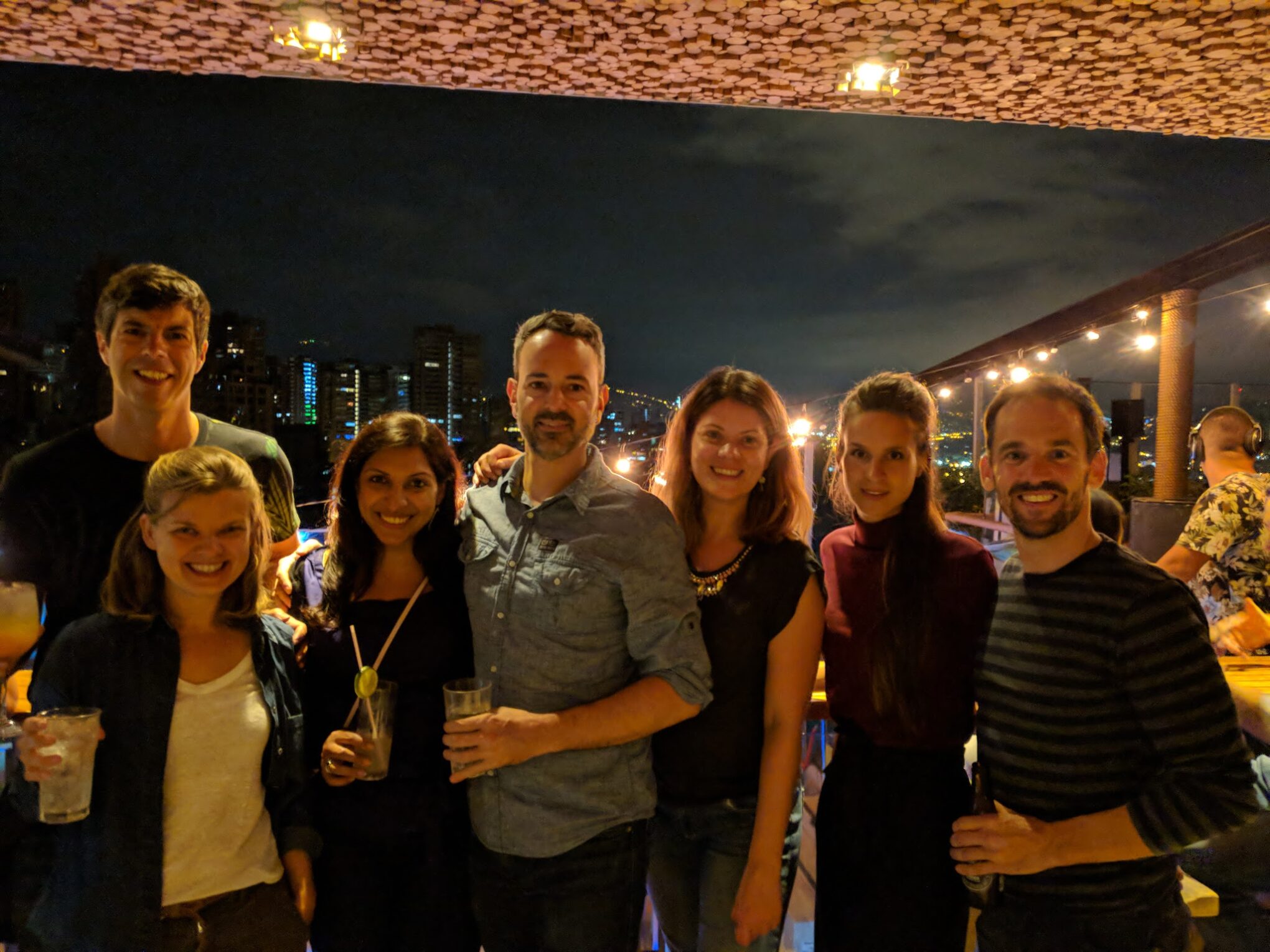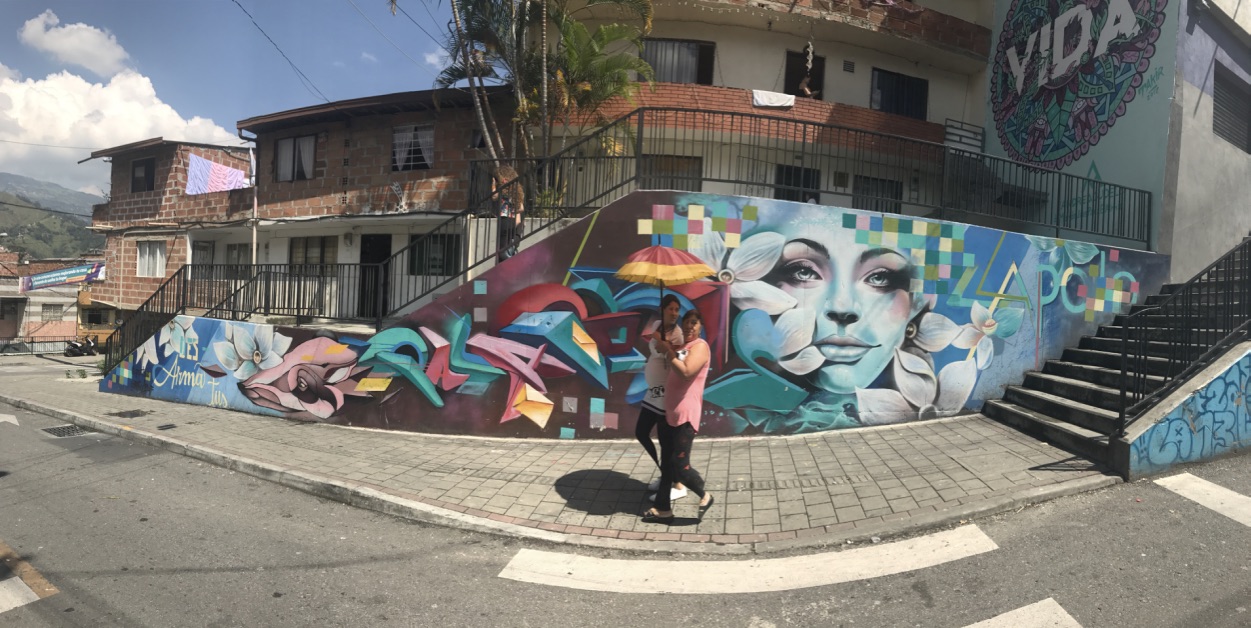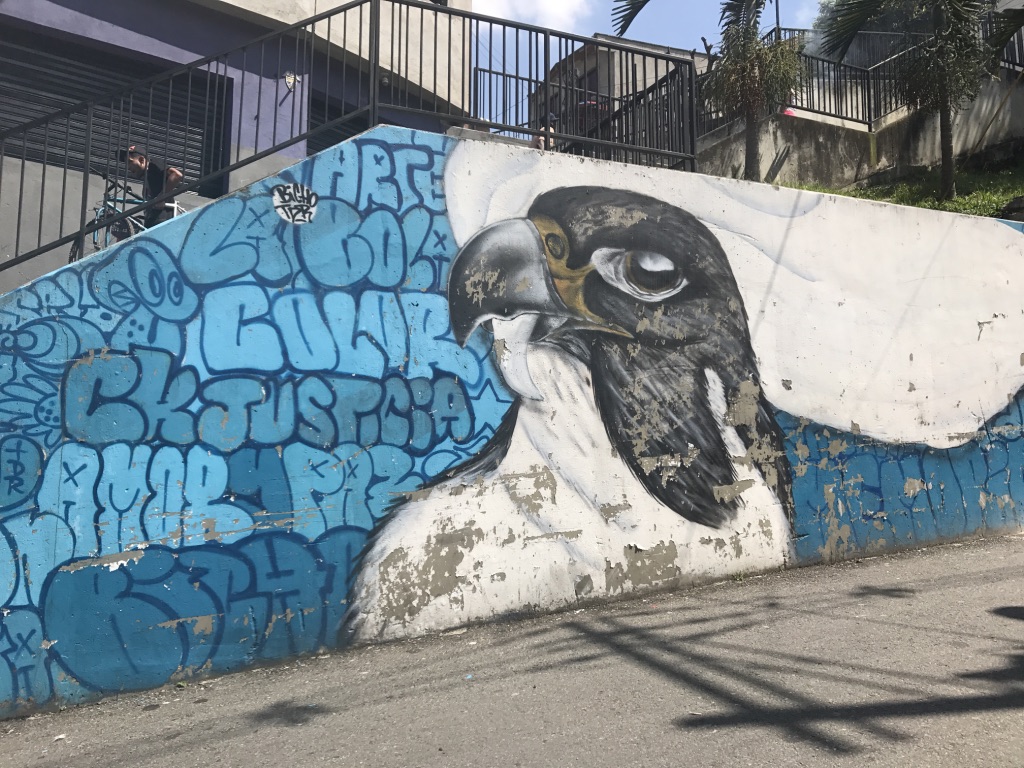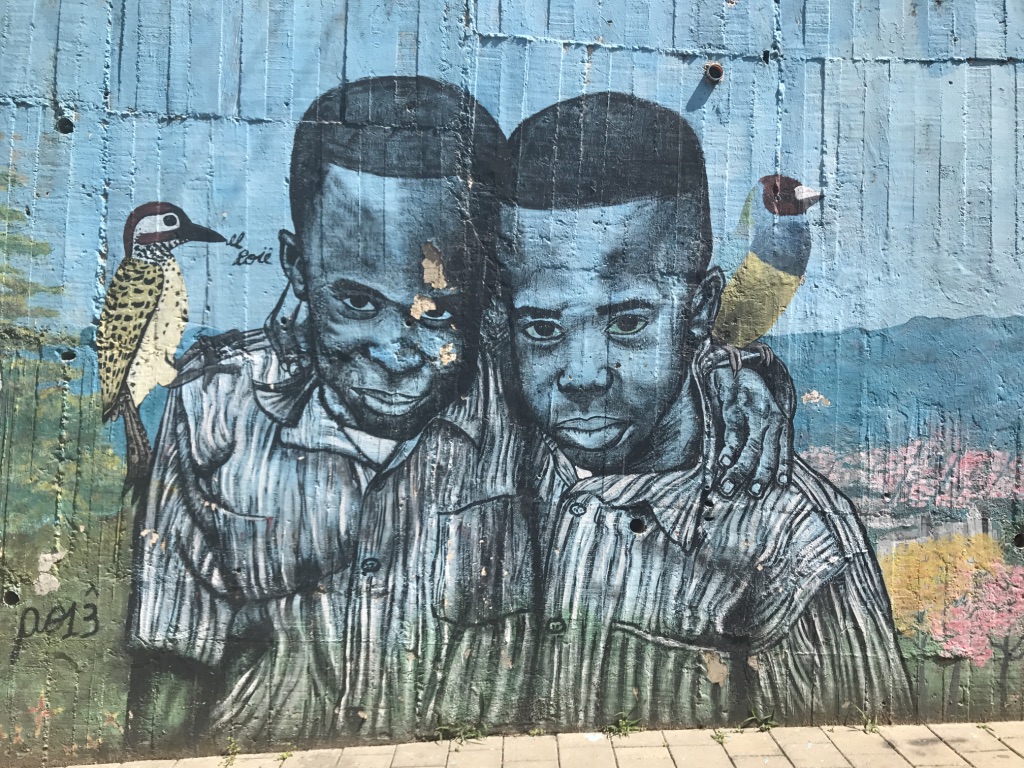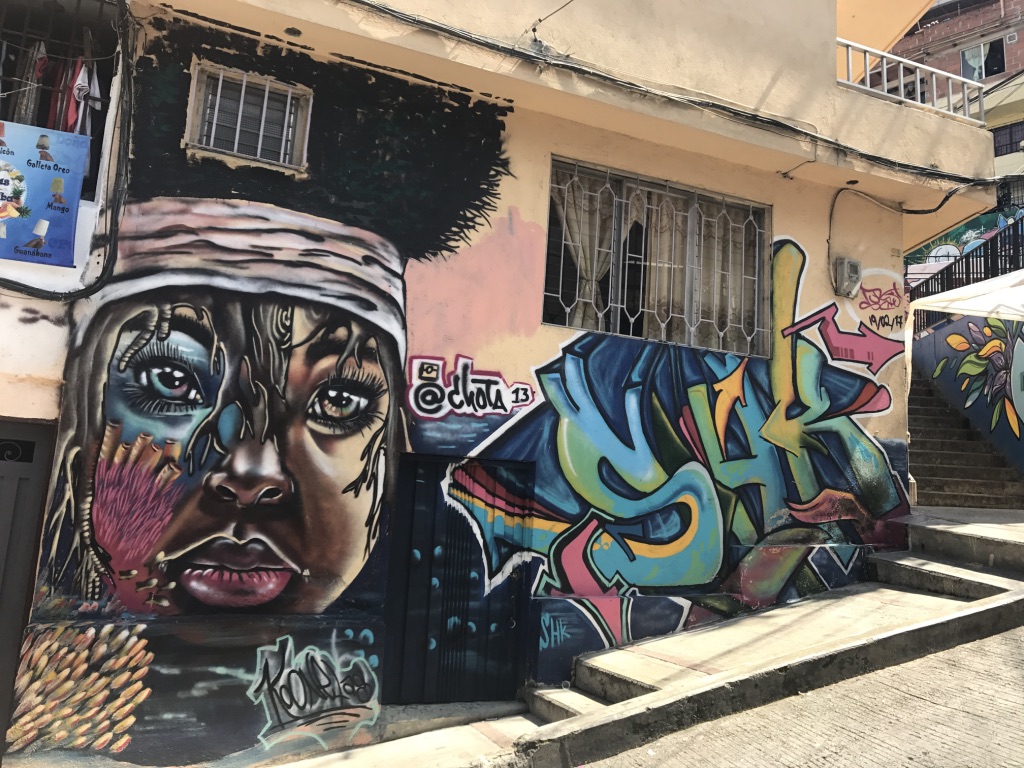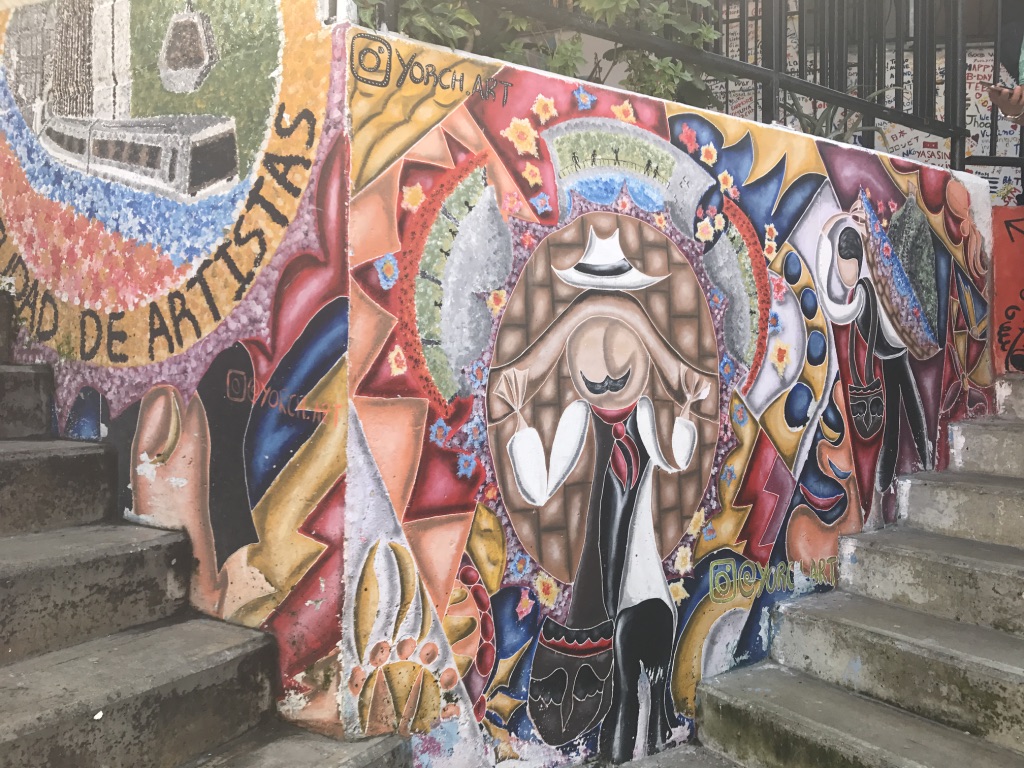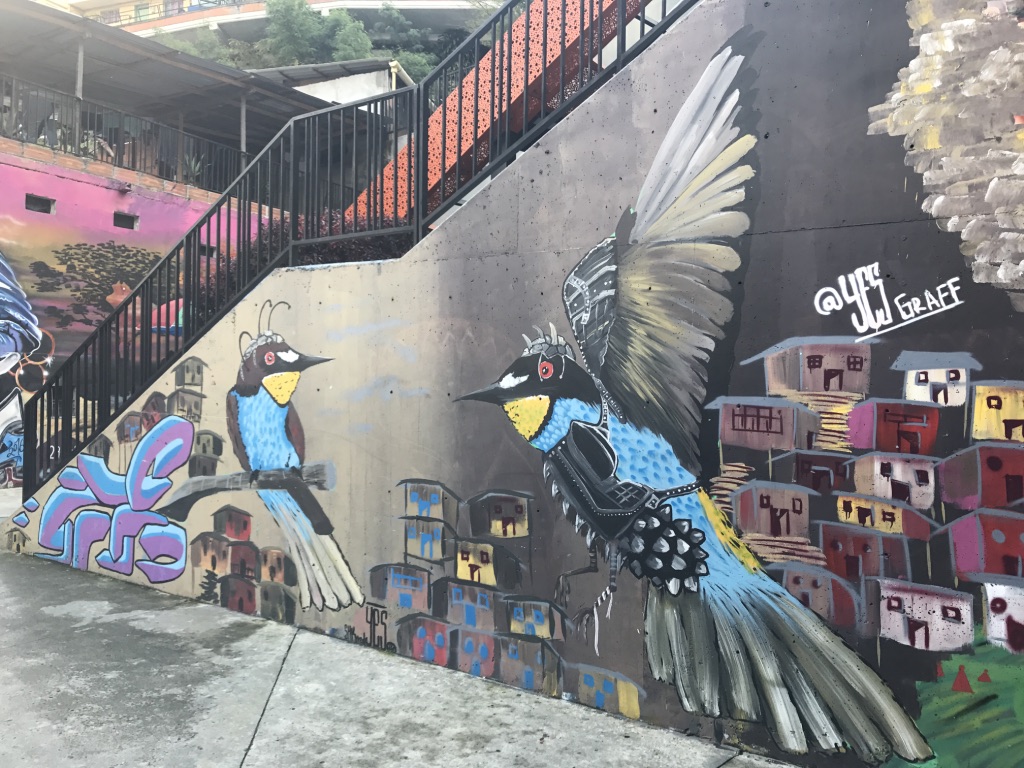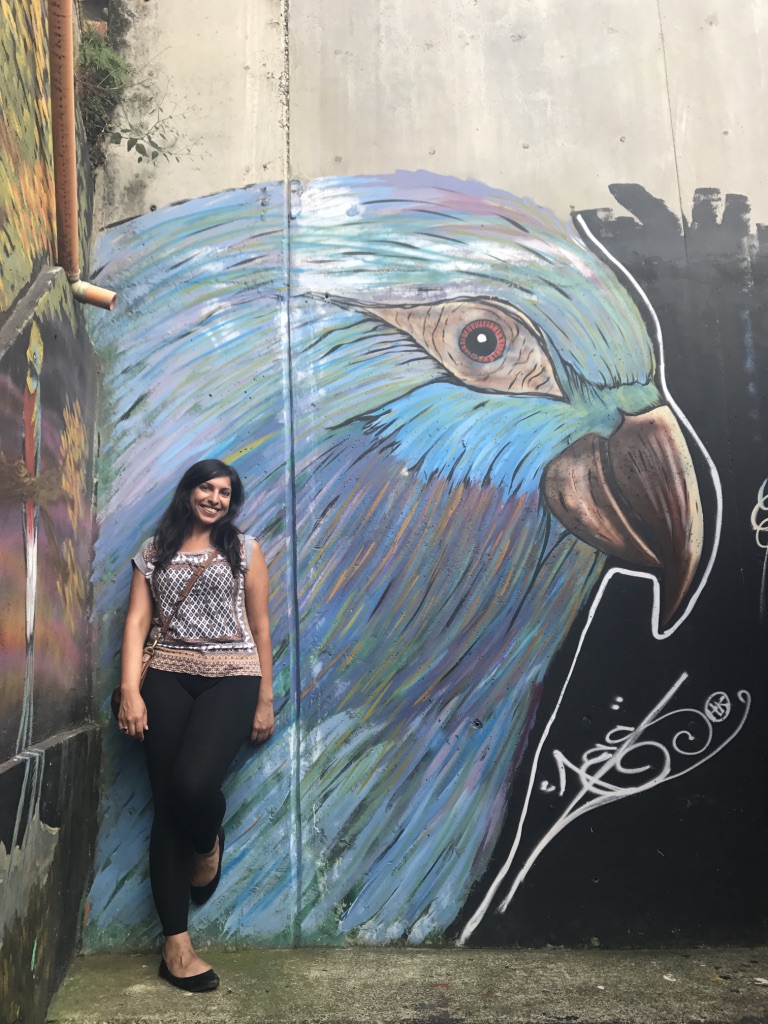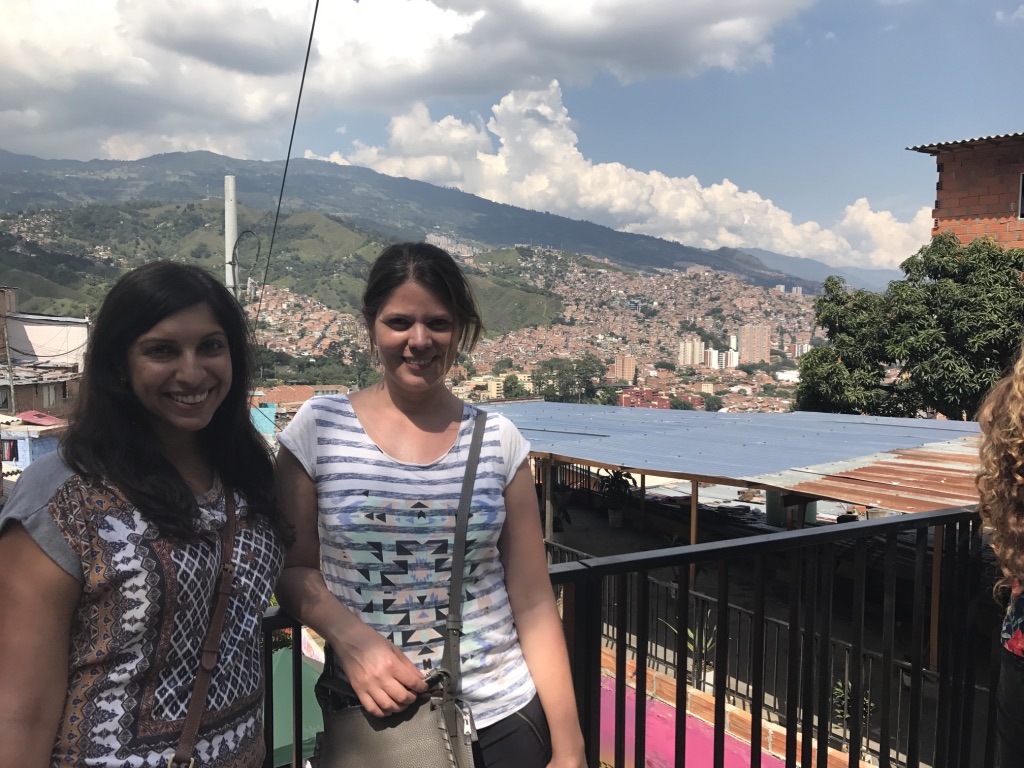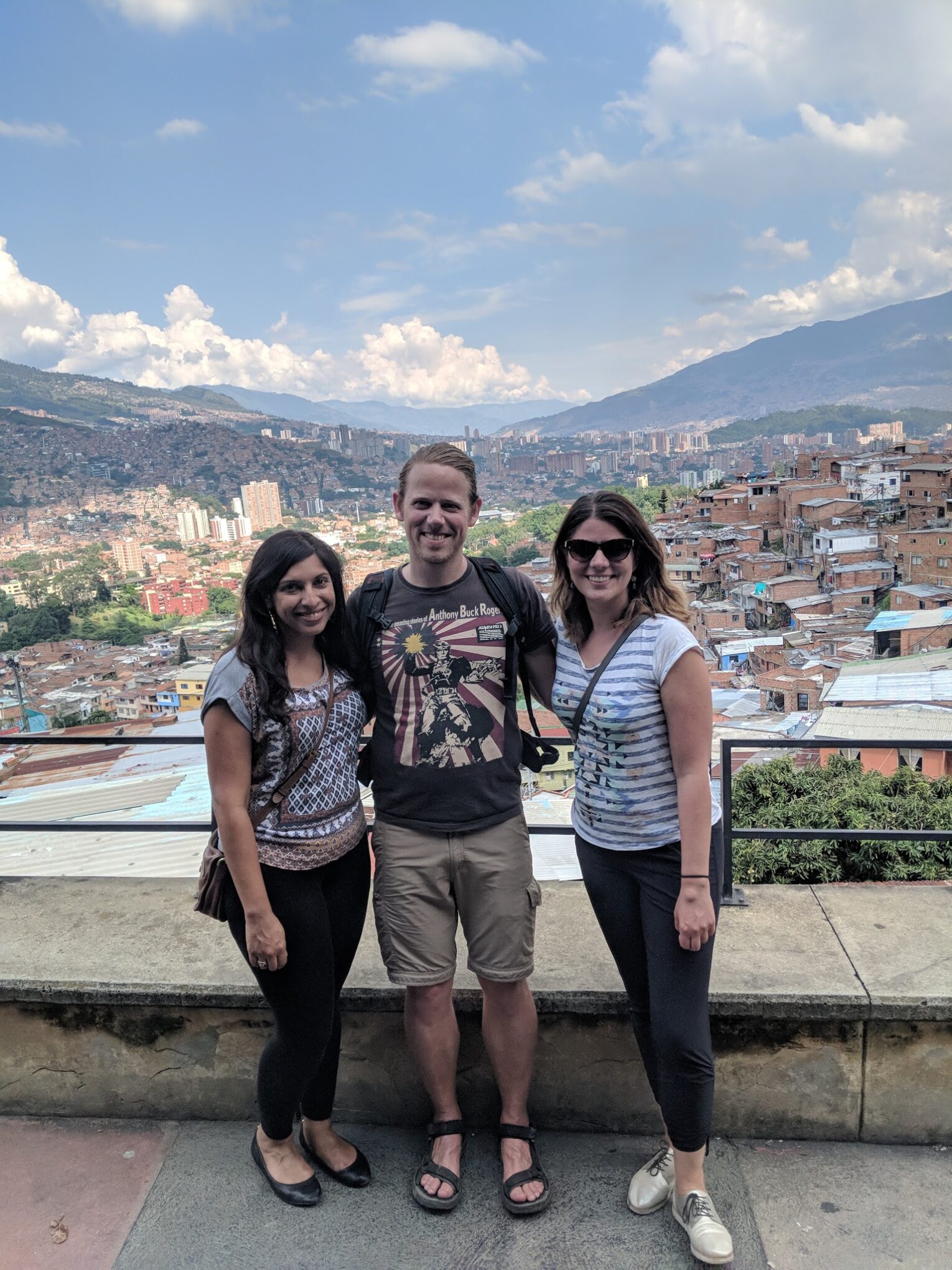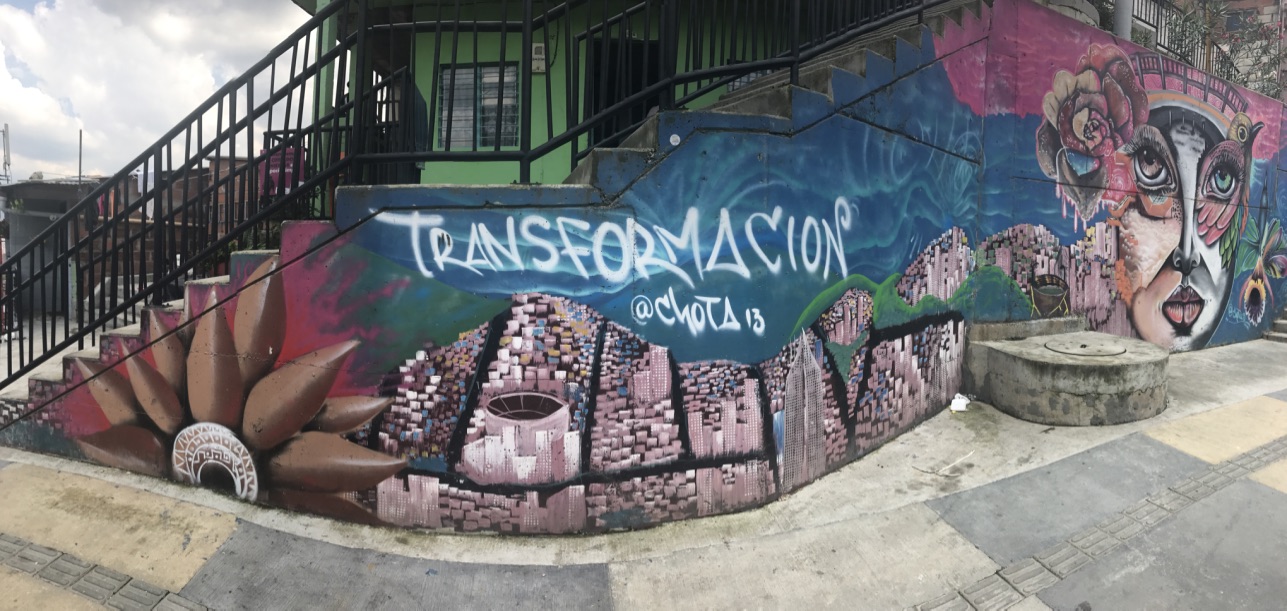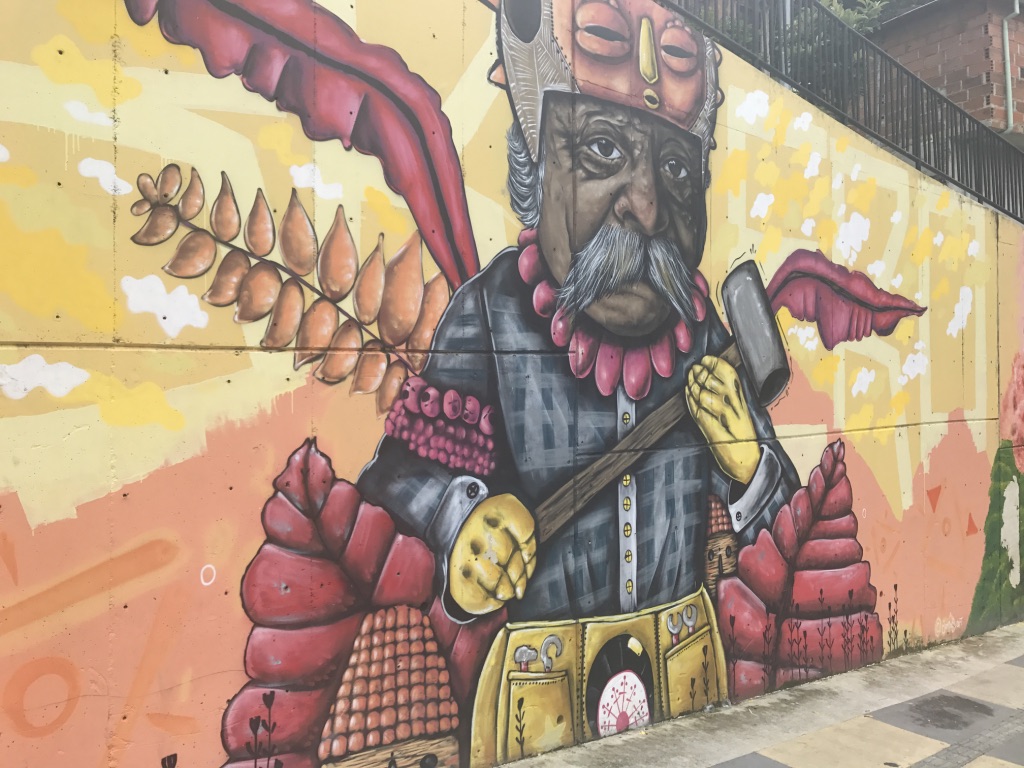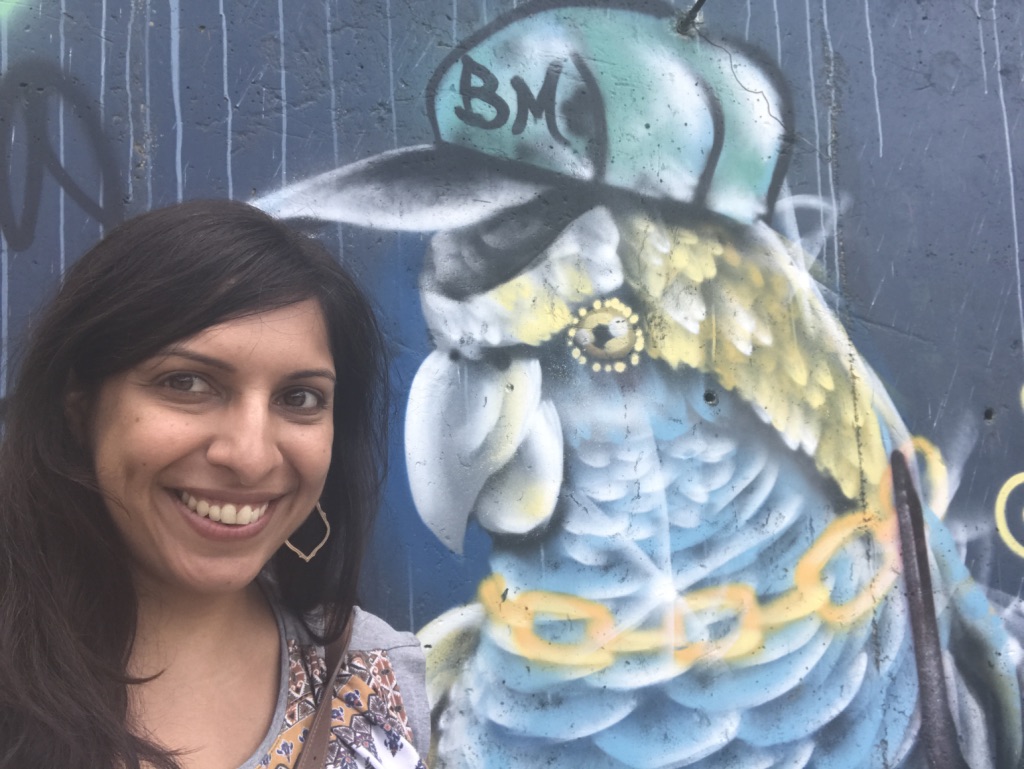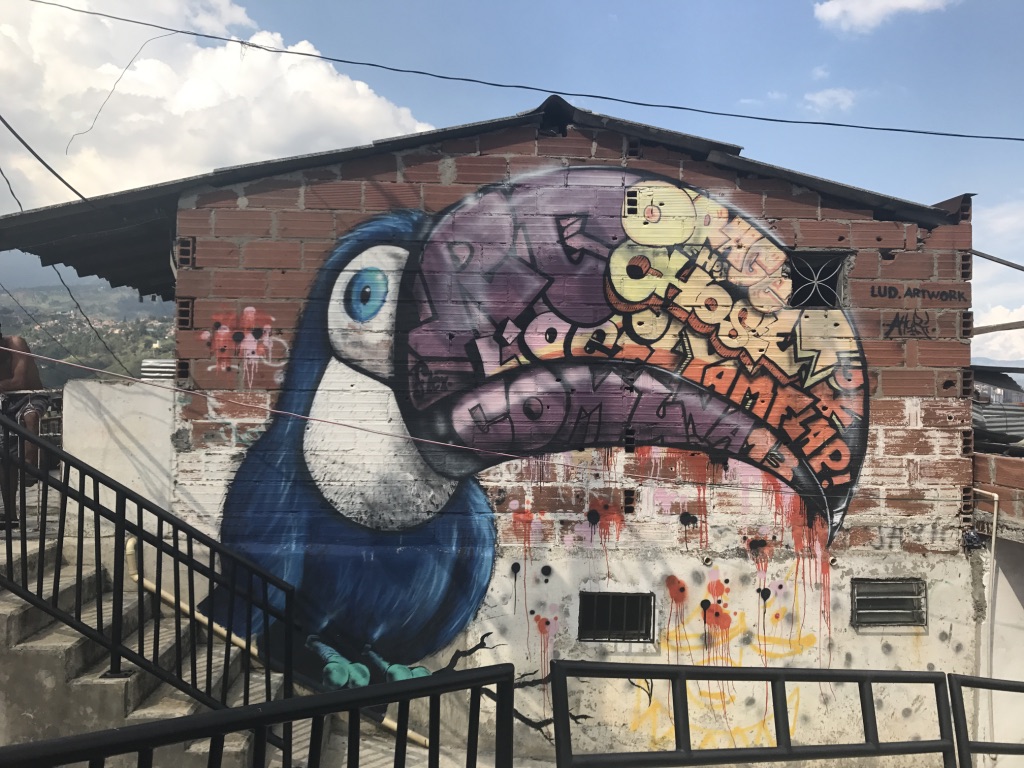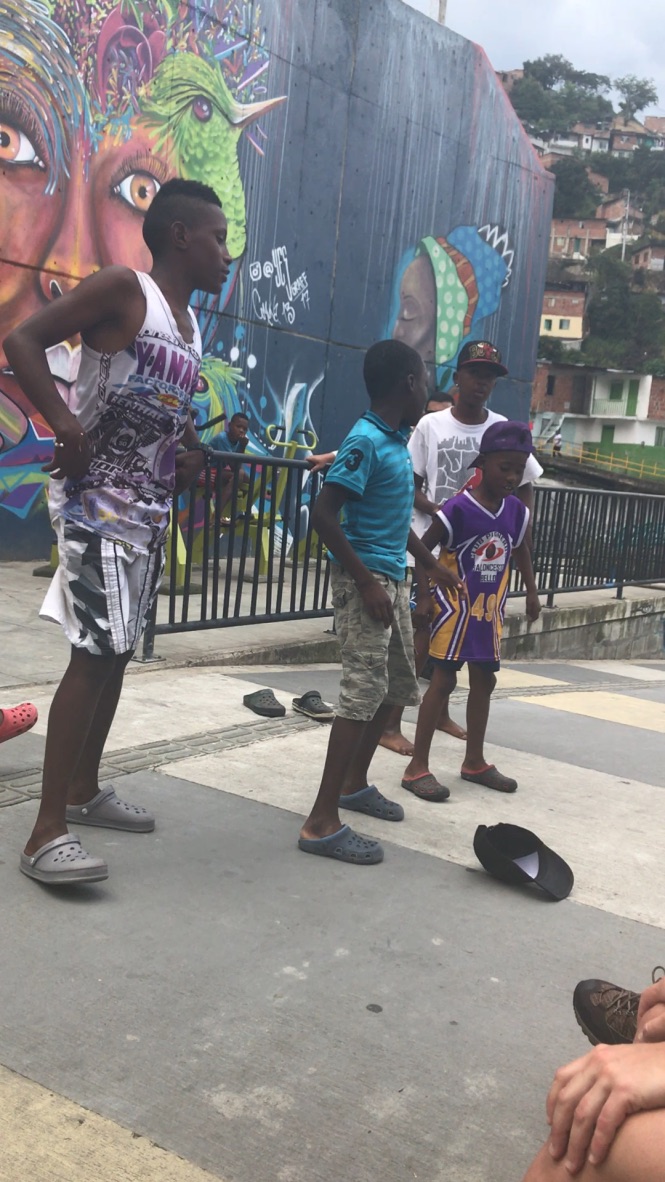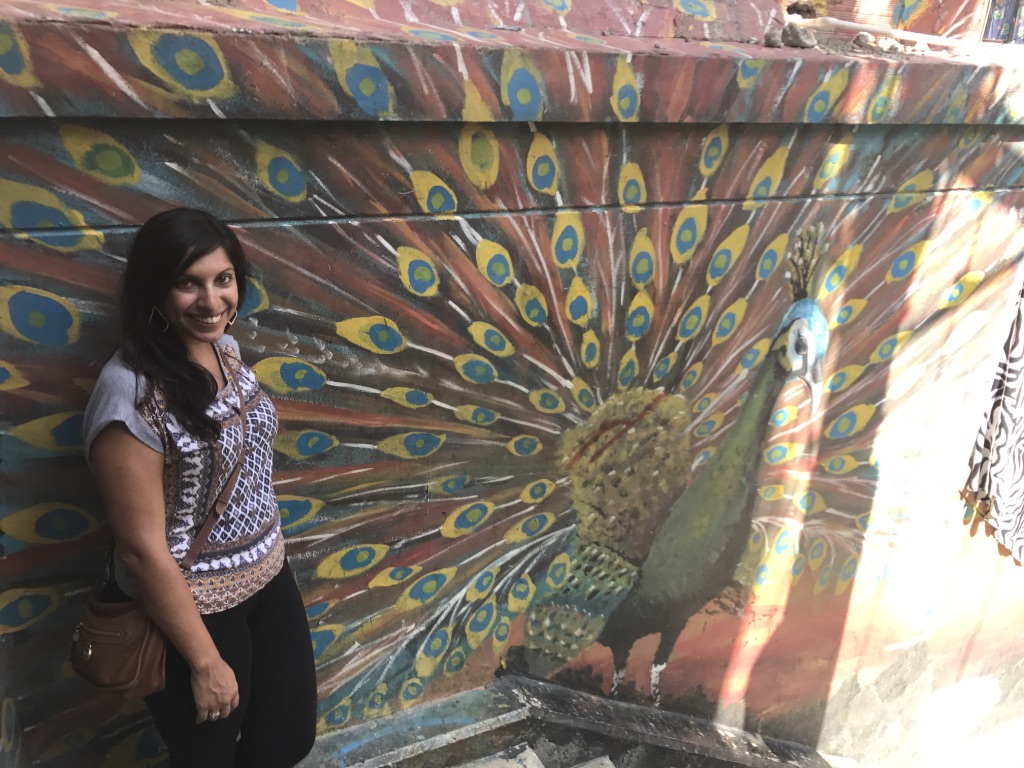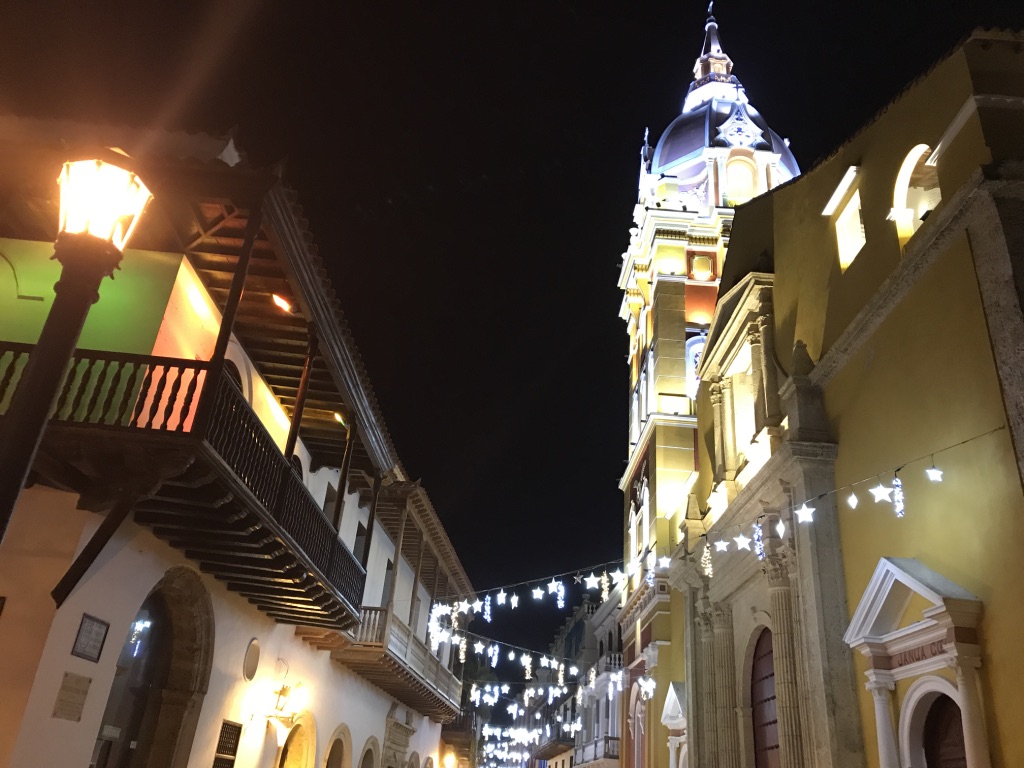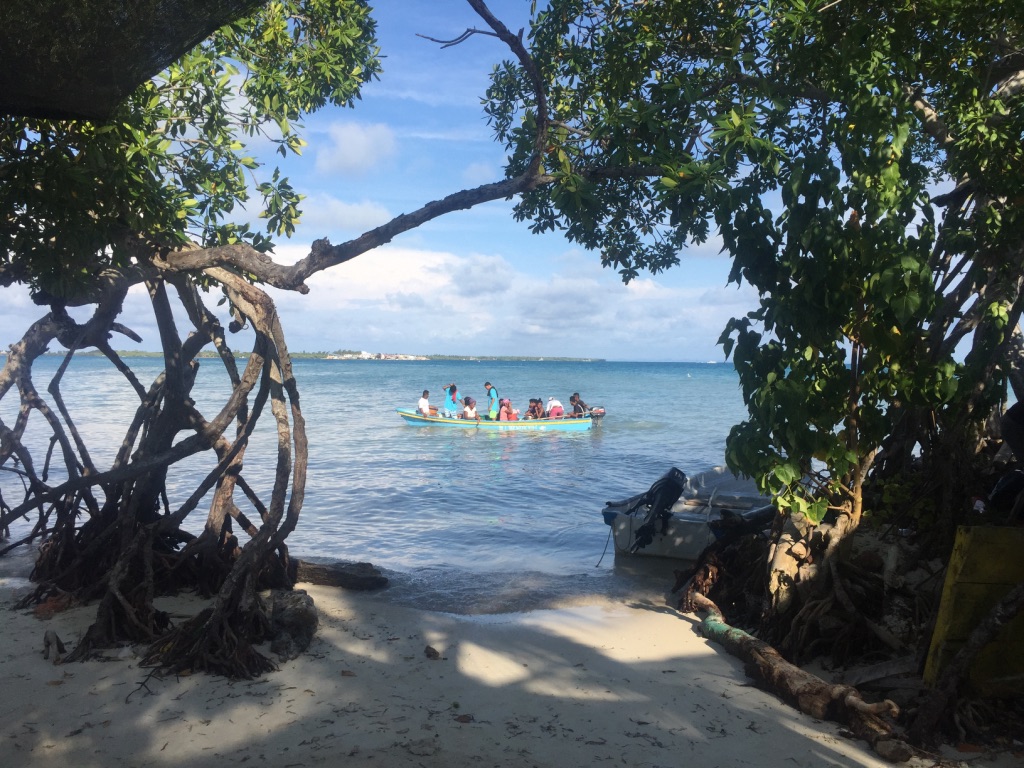When I mentioned that I was going to Medellin, my
friends and family said “Narcos”, or “Be careful, it’s not safe”. Given that 25 years ago, Medellin was the most dangerous city in the world, it’s no surprise. In 1993, Medellin had the highest homicide rate in the world – 840 in 10,000 people. Even ten years ago, Medellin was full of violence. But today, the city is transformed and tourism is starting to boom. In 2013, it was named the most innovative city in the world, and now, it has an economy that is one of the fastest growing in South America.
In the 1990s, Medellin started transforming the city by implementing public transportation and creating socially minded programs. By getting public transport into the poorest neighborhoods, it allowed people who were previously unable to reach the center of town with a means to. By putting libraries, community buildings, cultural centers and implementing educational programs like language classes in these neighborhoods, it provided another way of life rather than defaulting to drug dealing.
The metro was built in 1994 and in addition to the standard lines, Medellin installed cable cars to connect the steep barrios that sit on the sides of the mountains. This provided an inexpensive means for residents from the lower income barrios in the mountains to access the city easily. It’s the first city to use cable cars as part of public transport.
We only had a couple of days to explore this city and take in the political climate and history, but it was action packed.
We started with the Real City Walking Tour to get a better sense of the city, and understand the city’s history from more of a local perspective. We stopped for lunch at El Mercado del Rio, a very European style market that a friend had recommended and then decided to check out the metrocable for ourselves.
We took the cable car up to Santo Domingo, Pablo Escobar’s neighbourhood. This used to be one of the worst neighbourhoods in the city, but you wouldn’t notice that today. We walked around to check out the views, and while walking around, there were kids playing on the streets, street vendors serving empanadas and arepas, and families wandering about.
From there, the Linea L cable car actually takes you further up the mountain and into the valley, to Parque Arvi. Unfortunately, we got caught in the rain and all the cable cars shut down, meaning we couldn’t go further. We waited it out with the locals and eventually got down once the lightening had stopped.
That evening. we had dinner and drinks with Diego and Diana, two local friends!
We started our second day with the comuna 13 Graffiti Tour.
Comuna 13, or San Javier, is a low socio-economic area which was extremely dangerous and still considered one of the most dangerous neighborhoods in Medellin.
In the 1980s and 90s, Comuna 13 was controlled by groups that
were loyal to Pablo Escobar and its location made it a prime target for guerrilla and gang-related activity. In October 2002, Operation Orion, a military attack to overthrow all the rebel groups in Comuna 13, took place. This attack resulted in nine dead and hundreds wounded, and made the people of Comuna 13 go to the streets asking for peace. The residents started expressing themselves through graffiti art, painting scenes for peace and solidarity.
Over the past few years, this neighborhood has become much safer and has been revitalized with art projects, free english and spanish classes, a libary and tech investment – most notably the escalators that reduce the 28-story climb from Comuna 13 to downtown Medellin to a 5 minute ride, allowing the residents the ability to work in the city.
Street art plays a big role in the community – the work spans polictical sattire, fun, domestic violence, and generally hope. This community now has a way to see what a better, safer life can look like.
We started our tour by taking the cable cars past Comuna 13 to better understand the history and the social projects taking place. We also made a stop for lulo juice and arepas con queso, two local favourites.
We then took a local bus to Independencias, one of the barrios in the heart of Comuna 13. There we had a chance to understand the meaning of many of the different street art works as well as learn about the hip hop peace movement – the community turned to hip hop as a sign of resistance and a way for kids to focus their energy outside of gang related activities.
The visit to Comuna 13 actually took most of our day, but we had just enough time to check out the view from the Palace of Culture and then go to the Museum of Antioquia, which houses a number of Botero pieces.
Later that evening, we met up with old friends for dinner and drinks – the perfect way to end our stay in Medellin.
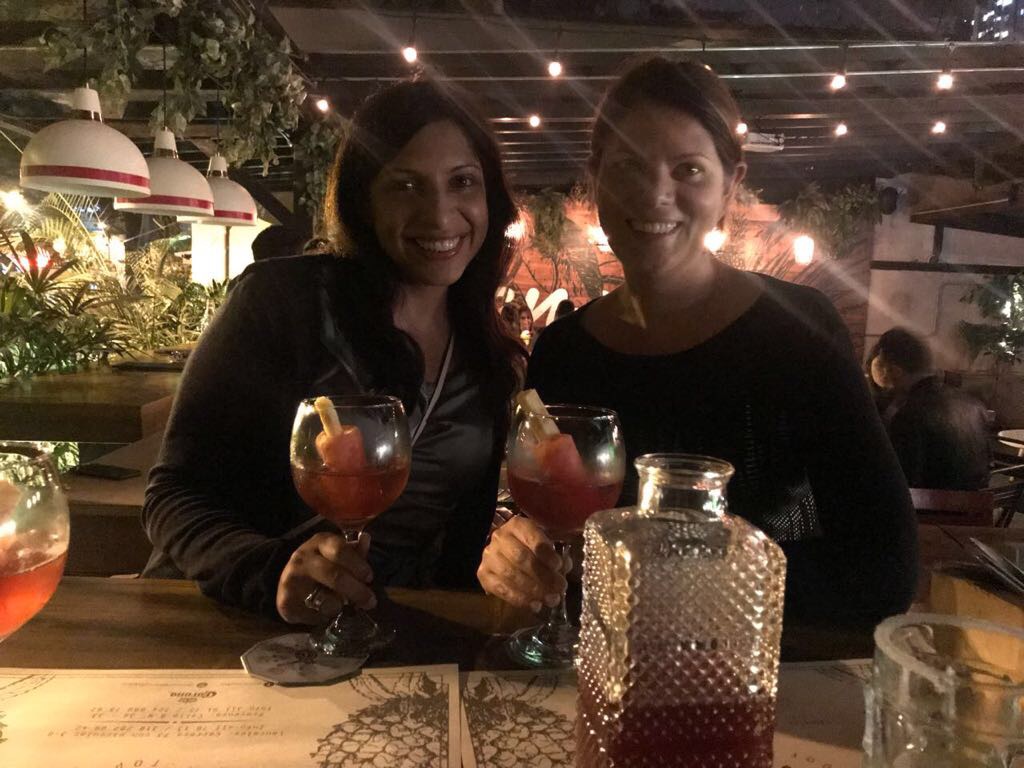 |
| There are paletas in our Sangria! |
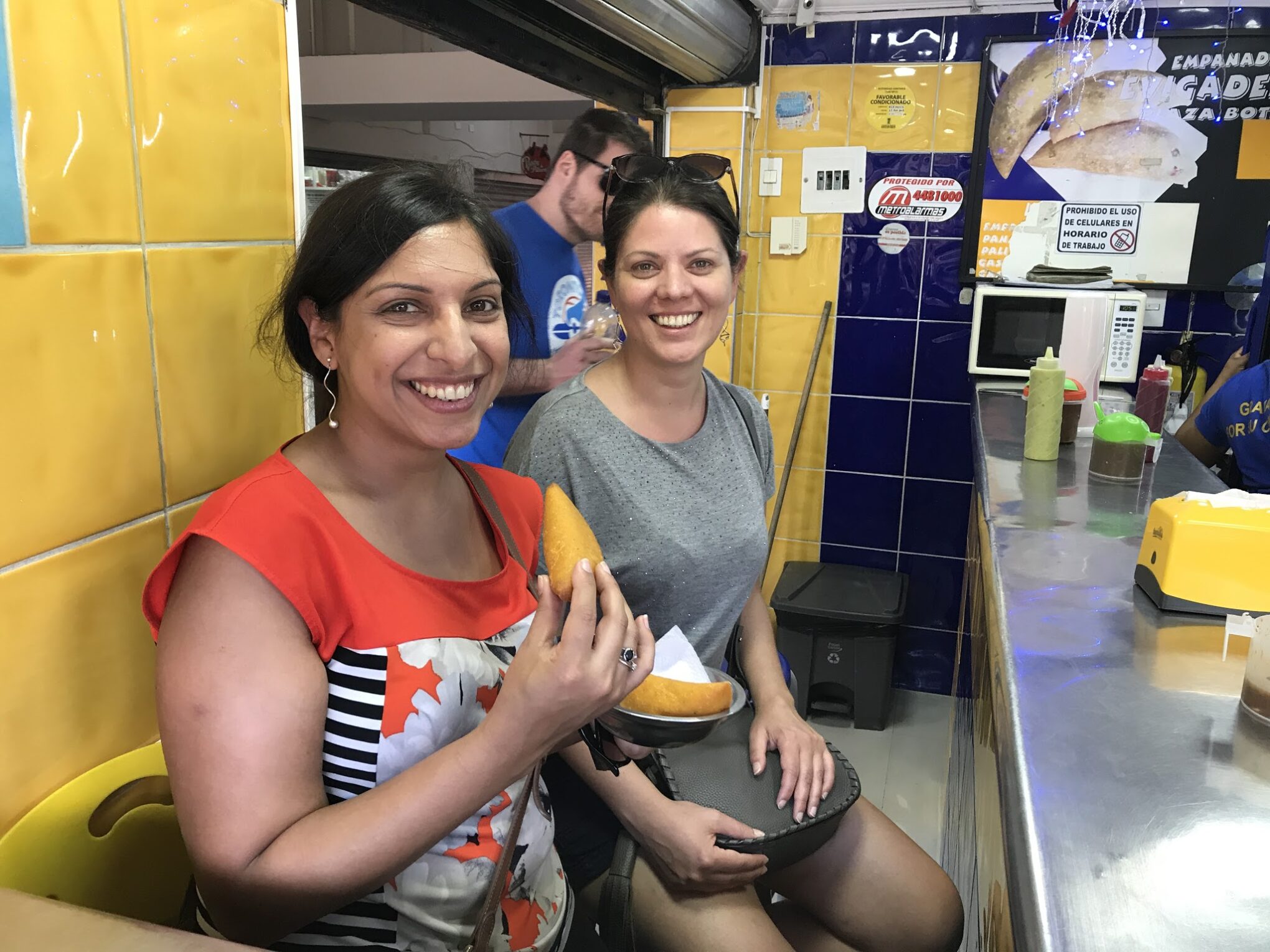 |
| Empanadas Envigadenas in Plaza Botero are supposed to have the best! |
More Comuna 13 Grafitti Photos





